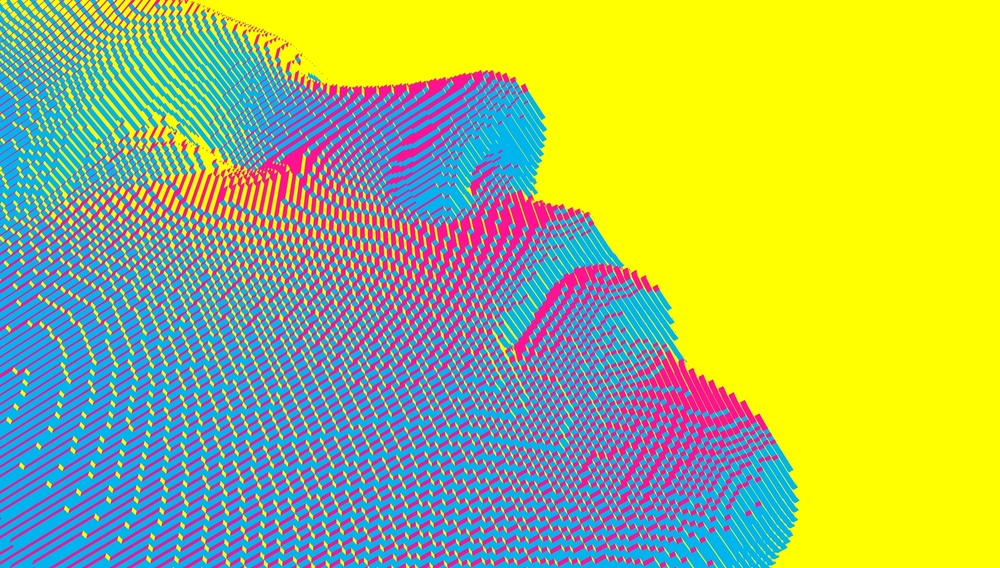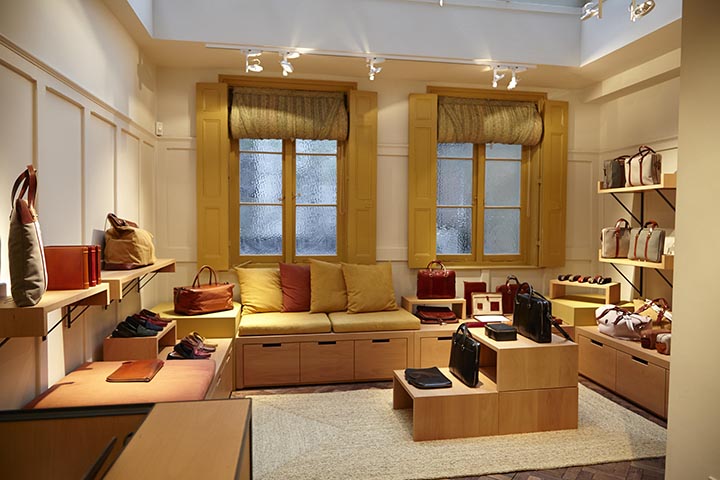Imagine a world where fashion design transcends human boundaries, driven by the power of artificial intelligence (AI) to innovate and create in ways previously unimaginable. This exciting reality is taking shape as AI increasingly makes its mark on the fashion industry, ushering in a new era of creative possibilities.
In this ever-evolving landscape, the fusion of AI and fashion design is reshaping the industry by offering new approaches to traditional creative processes. As we delve deeper into this new frontier, it is crucial to understand how AI can not only predict trends and drive creative inspiration but also enhance design efficiency.
At the same time, the question arises: could the rise of AI in the fashion industry pose a threat to human creativity, or is it the key to unlocking even greater potential for innovation and artistic expression?
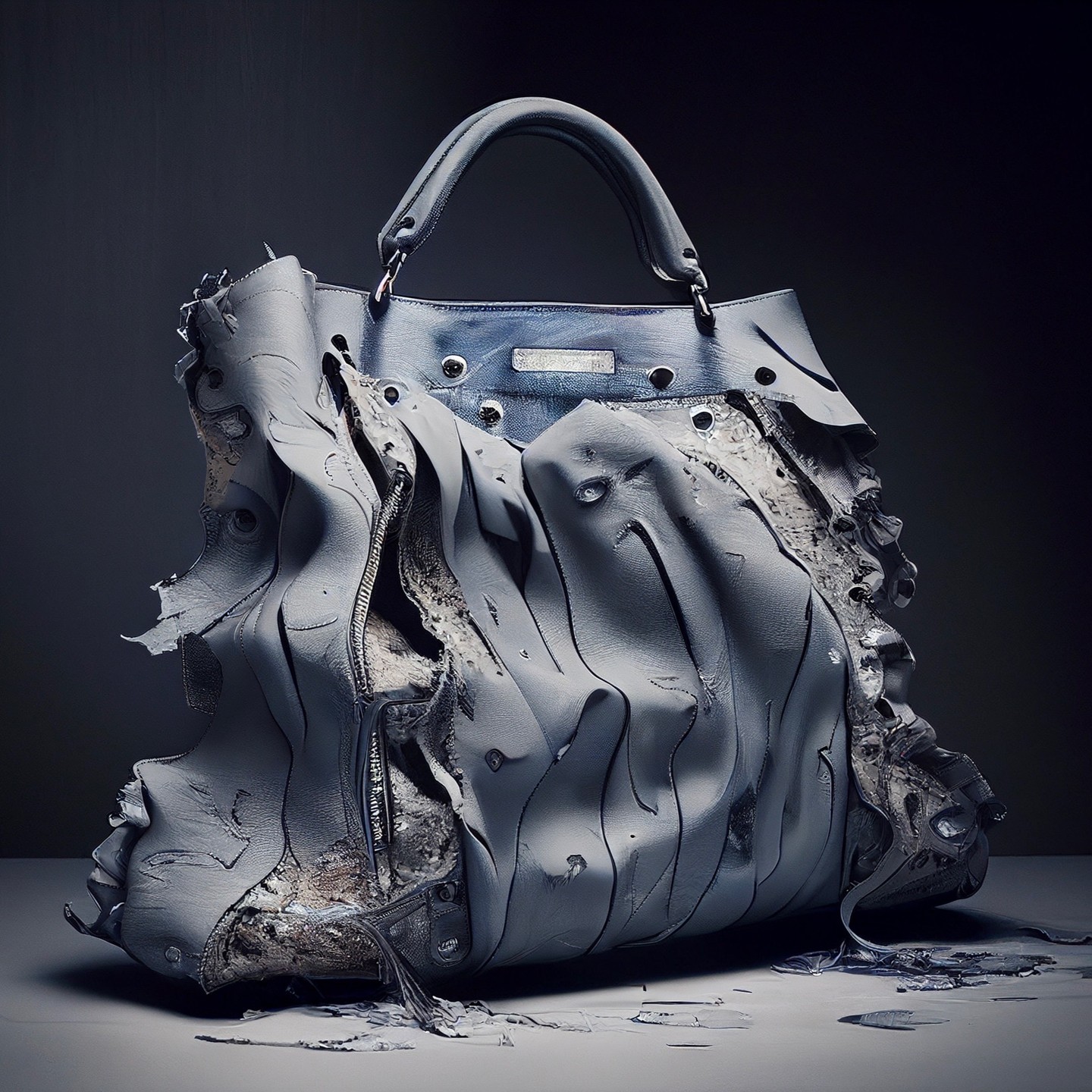
AI’s Applications in Fashion Design
1.Predicting fashion trends
AI algorithms are capable of analysing vast amounts of data, such as images and social media content, to identify emerging patterns and forecast popular styles. Designers can leverage these insights to create designs that align with upcoming trends and resonate with their target audience.
Heuritech, a leading AI-powered trend forecasting platform, demonstrates the practical application of AI in the fashion industry. Their technology collects and analyses millions of images from social networks, focusing on aspects such as colour, texture, pattern and silhouette. This comprehensive analysis helps identify micro and macro trends and enables designers to make data-driven decisions when creating their collections. Heuritech’s platform not only forecasts the popularity of certain styles, but also tracks their evolution over time, allowing for a deeper understanding of trends and their potential impact on the market.
By using Heuritech’s insights, designers can create collections that cater to the upcoming trends and resonate with their target audience, keeping them one step ahead in the competitive fashion landscape.
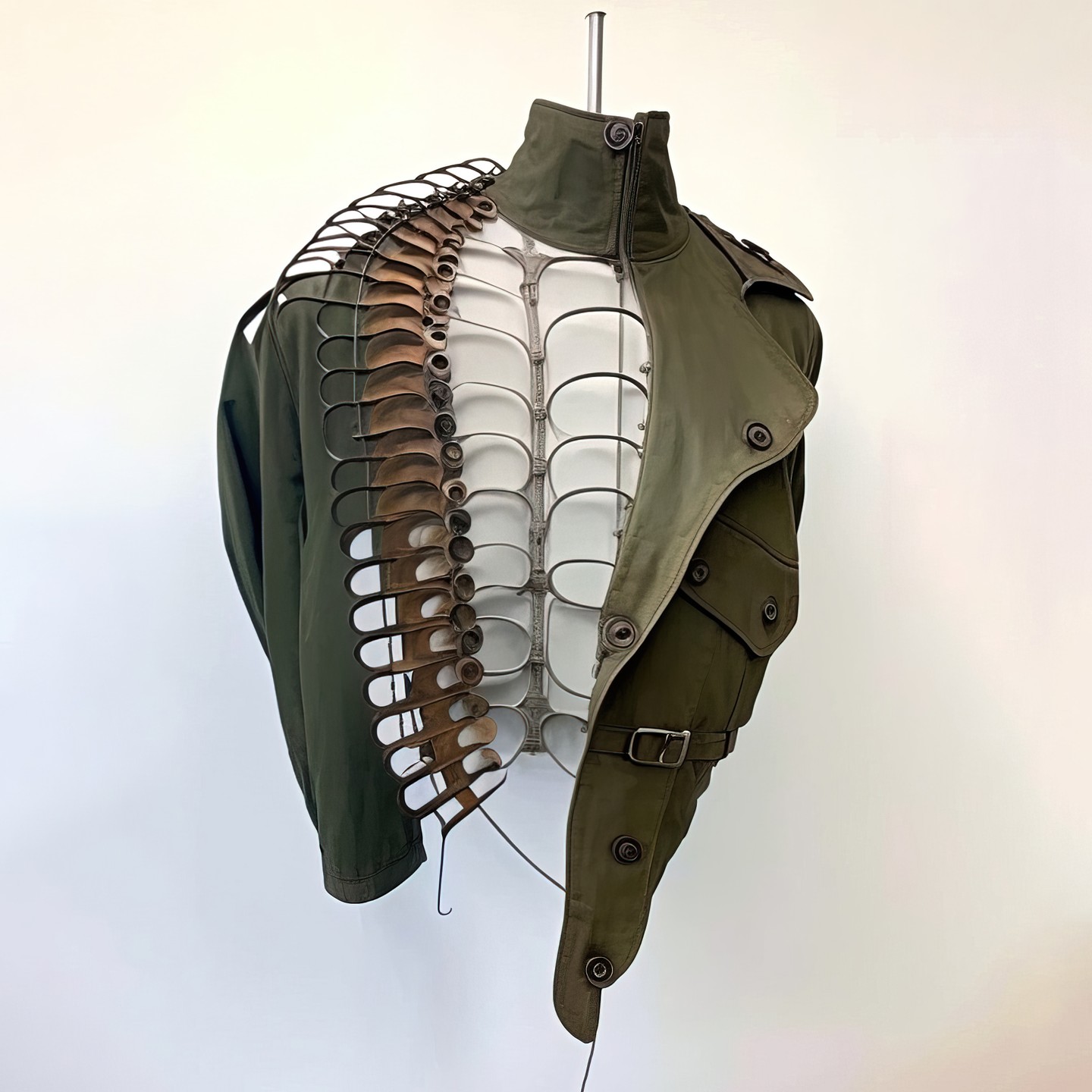
2.Improving creative inspiration
The integration of AI technology into the fashion industry has opened up a new frontier for creative expression, with artists like Field Skjellerup leading the way. Skjellerup, an AI artist and creator of the Instagram account @ai_clothingdaily, generates AI-powered garments on a daily basis, demonstrating just how much AI can enrich the creative process. His lifelike creations range from AI-generated Nike shoes with intricate embellishments to complete runway ensembles worn by artificial models.
Skjellerup draws inspiration from previous catwalk collections and materials and is convinced that AI plays a crucial role in design.In an interview with FashionUnited, he explained, “Working with AI is a very collaborative approach, you have to give input, wait for the generative image and then react accordingly. Even if I have an initial idea, the result can be completely different depending on how the AI reacts to it. I like the sense of mystery that surrounds these tools”.
Skjellerup also envisions AI design tools as a way to democratise the design process, merging the roles of designers and consumers and creating a more inclusive landscape in the fashion industry. He highlights the efficiency of AI in the initial concept phase, noting that the technology “pushes our ideas beyond what we might have otherwise achieved”.
As AI continues to develop and become more accessible, artists like Skjellerup are pushing the boundaries of creative expression in fashion. Collaboration between humans and machines opens up new possibilities and inspires innovative designs. It shows the potential of AI as a powerful tool to improve the creative process in the fashion industry.
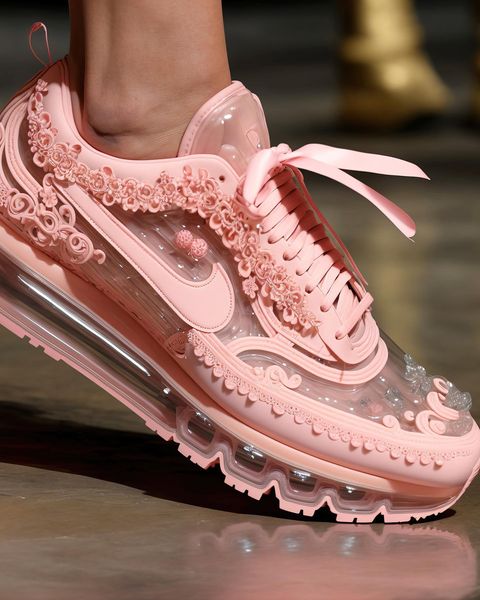
3.Optimising design efficiency
AI plays a significant role in optimising design efficiency in the fashion industry, ranging from enhancing the initial concept phase to streamlining e-commerce processes and promoting sustainable practises. Alice Chang, CEO and founder of Perfect Corp. emphasises the importance of implementing such technologies to remain relevant to today’s customers, who increasingly rely on personalised, digital advances to make purchasing decisions. She adds, “The advancement of AI in recent years has greatly accelerated, allowing brands to transform their consumer journeys while improving sales, engagement, and customer loyalty. Consumer shopping habits are shifting, and this is happening across multiple channels and retail spaces. As we look to the future, AI will grow to play a larger role across industries by empowering consumers to shop in a more personalised, interactive way”.
We should all be ready to witness a revolutionary change in the fashion industry, as the unstoppable progress of AI technology will redefine the creative landscape of fashion design and challenge designers to push their limits and come up with fresh, innovative ideas.
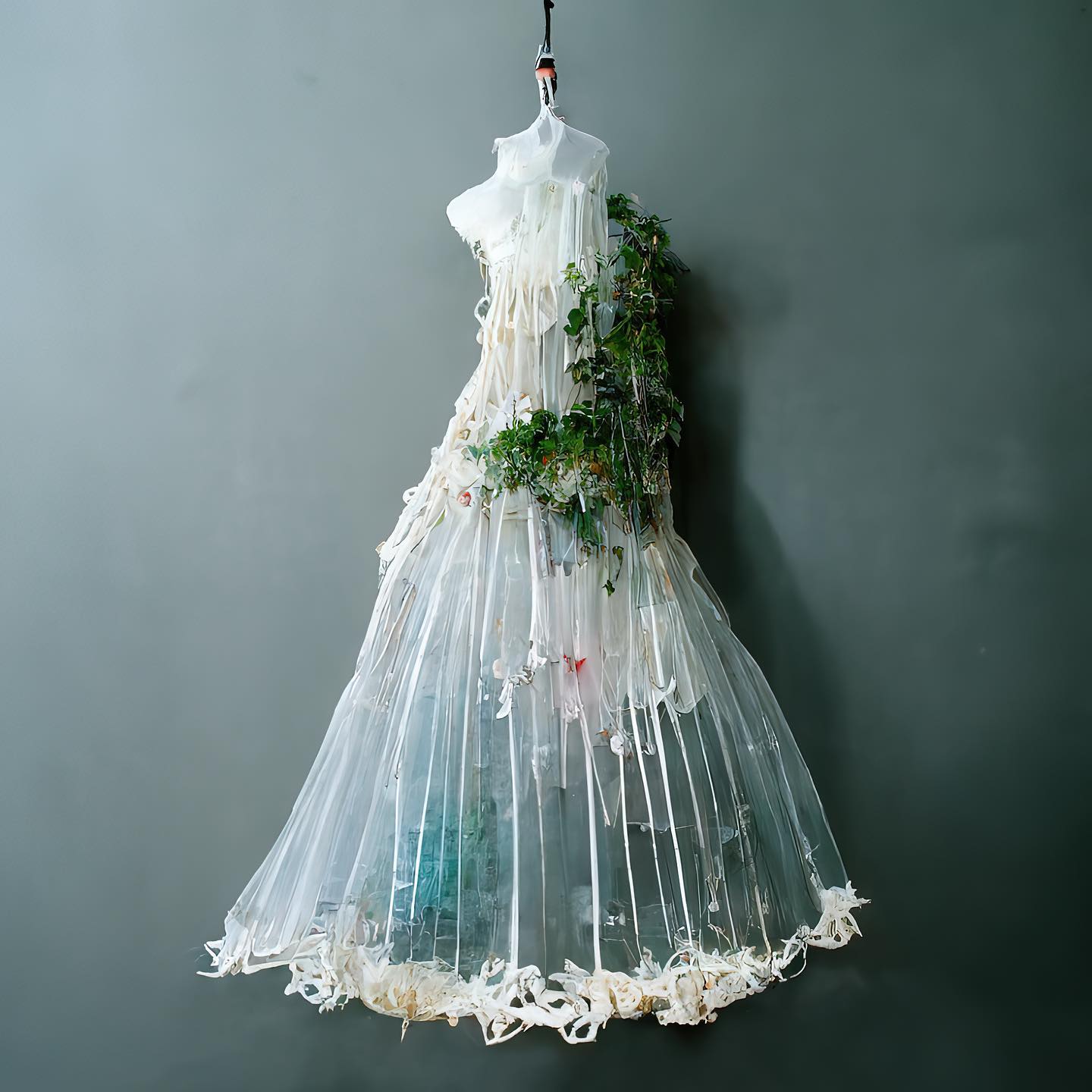
Is AI a threat to creativity?
1.AI as a tool to complement creativity
The role of artificial intelligence in the creative industries is the subject of debate, with some expressing concern that it could replace human creativity. However, many experts believe that AI can be an effective tool to complement and enhance human creativity, rather than replace it. This perspective posits that AI can be a valuable asset, enabling designers and artists to explore new ideas and possibilities in their work.
In an article on Cybernews, author Neil C. Hughes supports this point of view, stating: “AI is the perfect tool to enhance human creativity, but it cannot replicate or replace it. However, it can enable a collaboration that produces new approaches, combinations, and exciting results that would not be possible by working alone.” This assertion highlights the idea that AI can complement human creativity by providing innovative insights and inspirations that would otherwise be difficult to achieve through human efforts alone.
2.Balance between human creativity and AI technology
While integrating AI technology into the creative process, it is essential to strike a balance between human creativity and AI-generated output. This balance ensures that human ingenuity and expression remain at the heart of artistic endeavour, while harnessing the ability of AI to analyse large amounts of data and generate new ideas.
Maghan McDowell underlines this idea in a Vogue Business article: “The technology is simply another tool in the designer’s arsenal which can be used to augment human creativity rather than replace it.” This statement underscores the idea that AI should be used as a supplementary resource that works with human designers to foster innovation and productivity. “AI may ultimately help creatives to spend less time doing the more mundane work, enabling them to focus more on what they’re best at: being creative,” she adds.
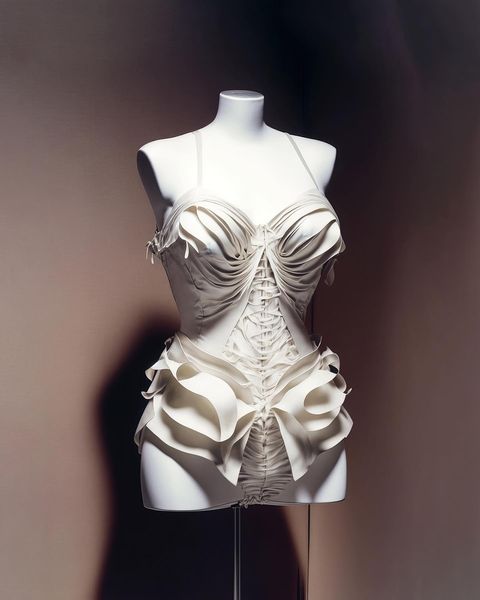
3.AI, creativity and copyright issues
As AI technology advances and becomes more capable of creating original designs, concerns about copyright and intellectual property rights are beginning to emerge. While AI can enhance human creativity, it is essential to ensure that AI-generated work does not infringe on the rights of creators and designers.
The World Intellectual Property Organisation (WIPO) has been studying the implications of AI-generated works in the context of copyright. WIPO Director General Daren Tang acknowledges the complexity of the issue, stating: “There are questions about whether AI-generated outputs should be protected by copyright or related rights, and if so, what the scope of that protection should be and who should be considered the owner”. This highlights the need for a careful examination of the legal framework surrounding AI-generated designs to balance the interests of human creators and the potential benefits of AI technology to the creative process.
By addressing intellectual property concerns and establishing a clear legal framework, collaboration between human creativity and AI technology can continue to flourish while respecting the rights and contributions of creators. Ensuring a fair system will be critical to maintaining the integrity of the creative industries and fostering innovation in the age of AI.
Conclusion
As AI continues to reshape the world of fashion design and offer unparalleled opportunities for innovation, efficiency and creative expression, it becomes clear that it can complement and amplify human ingenuity when applied thoughtfully and responsibly. Embracing AI technology in the fashion industry requires striking a balance between human creativity and AI-generated output while safeguarding the rights of creators and designers. In doing so, we pave the way for a future where AI and human creativity work together to push the boundaries of fashion design transforming the industry in ways we have yet to imagine.
What new creative heights will we reach as we embrace the collaboration between AI and human ingenuity on a global scale? The answer may lie at the intersection of technology and imagination as we continue to redefine not only the world of fashion design but also the broader realm of creative industries.
